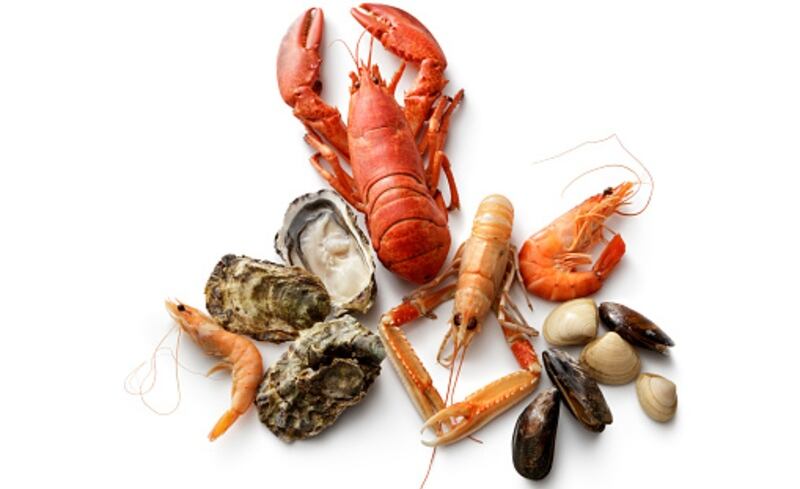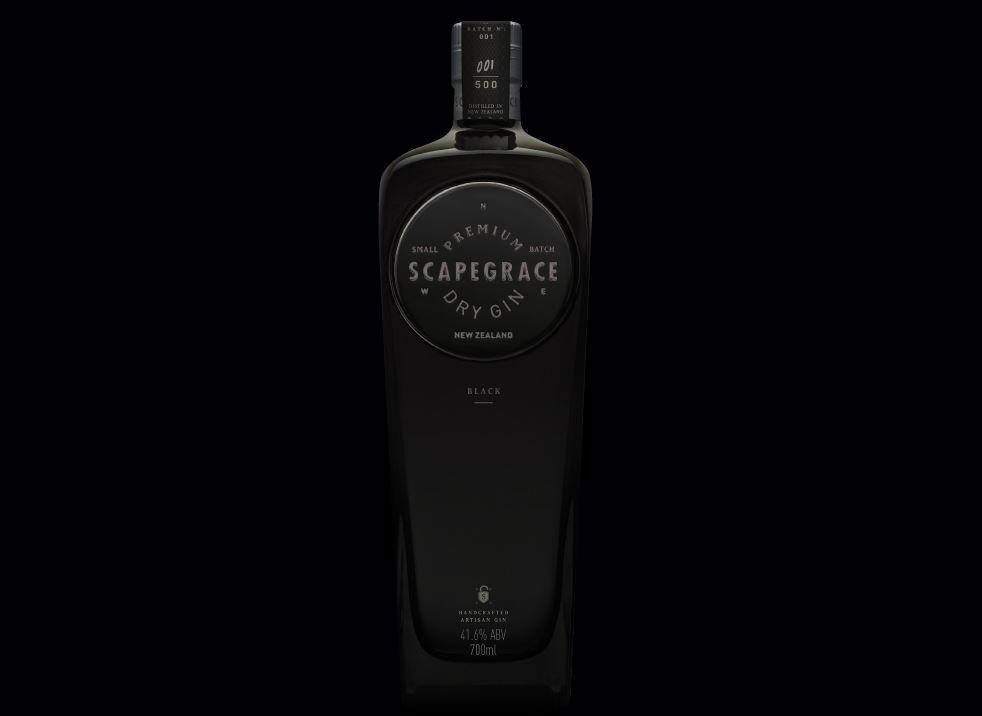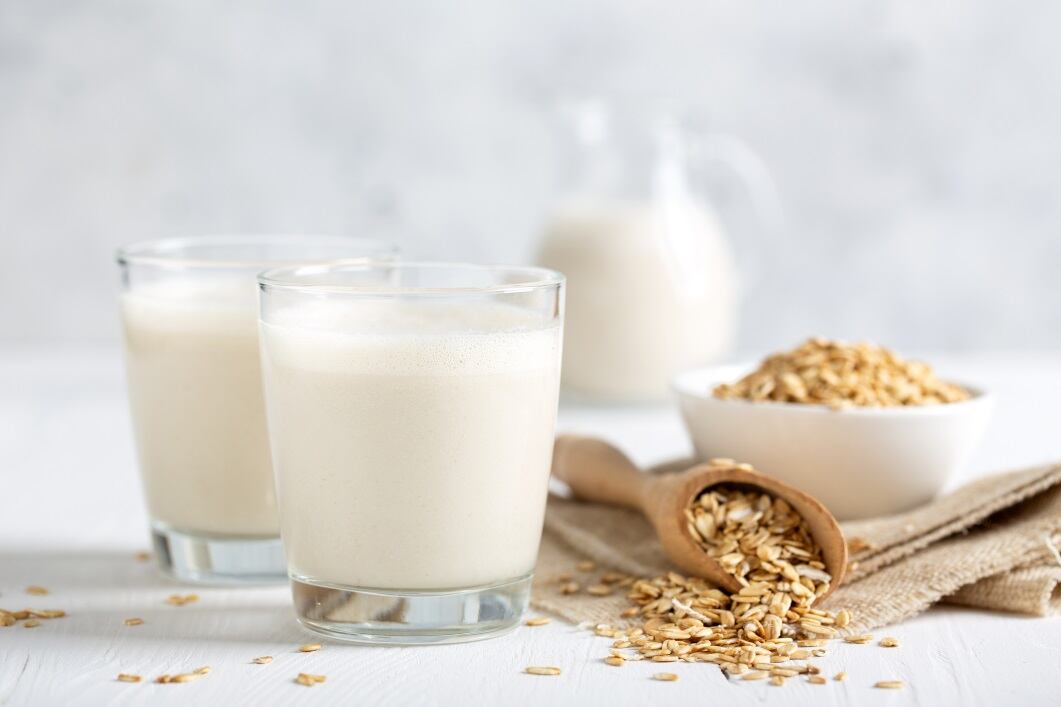New Zealand’s seafood exports were badly hit by the COVID-19 pandemic earlier this year due to due to the industry’s high dependence on China and Hong Kong, for up to 35% of this trade. Rock lobster saw an 82% drop in exports due to loss of this trade during the peak of the outbreak.
The good news, according to the industry’s representative trade body Seafood New Zealand, is that trade is slowly recovering.
“[New Zealand] seafood, particularly lobster, was hit hard early by the shutting of China’s borders but the trade has rebounded,” said Seafood New Zealand Communications Manager Lesley Hamilton.
“The trade in other shellfish species such as mussels and oysters was also hit [by COVID-19], particularly the live and chilled trade, either due to the various country restrictions put in place, or due to the reduced air freight capacity or increased air freight costs.
“Getting product to market and cleared through the border while it was still alive and in good condition was challenging - This was similar for other fin fish species sold in chilled form.
“[At the moment, while still not yet back to pre-COVID-19 levels, [the export numbers are] looking much more positive.”
According to data from Stats NZ, as of July 29 total New Zealand seafood exports have steadily increased up to NZ$766mn (US$506.7mn), still lower than 2018 (NZ$822mn/US$543.7mn) and 2019 (NZ$973mn/US$643.7mn) values.
Exports to China took NZ$243mn (US$160.7mn) or 31.7% of this value – certainly an improvement from 0% during the peak of the outbreak.
However, a series of toxin and bacterial outbreaks recently surfaced in New Zealand shellfish: Toxin warnings were issued by New Zealand Food Safety for Diarrhetic Shellfish Toxins in the South Island East coast in June, and for Paralytic Shellfish Poisoning (PSP) toxins in the North Island in July, and a vibrio bacteria outbreak also took place in Coromandel.
Both toxins can cause diarrhoea, nausea, vomiting and abdominal cramps, with PSP even able to cause breathing difficulties, paralysis, or death; whereas the vibrio outbreak led to a series of consumer food poisoning incidents.
China has been exceptionally careful with its fresh food imports – especially seafood - ever since discovering traces of the COVID-19-causing coronavirus in imported salmon in June, but Hamilton said that these events were ‘naturally occurring’ and the industry should not worry about exports going back down due to these.
“Marine biotoxin events are naturally occurring, but the commercial shellfish industry operates in accordance with a well-managed regulatory programme,” she said.
“This programme has strict harvesting criteria and controls, along with significant monitoring to prevent the harvesting of shellfish from any commercial area that is affected by an event, thus we can have complete confidence in the shellfish we sell [and so can our importers].”
The vibrio outbreak on the other hand was disturbingly near-identical to a series of food poisonings that took place around the same time last year in terms of timing and location. When queried about whether the New Zealand Seafood Industry would be looking into ways to prevent this from reoccurring, Hamilton said this was a dual responsibility to be shared with the government.
“The responsibility lies with both – the Government is looking to implement management controls and the industry will work with the Government to ensure these are successful,” she said.
Boosting trade moving forward
Toxins and bacterial outbreaks aside, the future of the industry is by no means guaranteed especially with waves of COVID-19 still affecting countries around the world, but Hamilton stressed that the lessons learnt would help them moving forward.
“Further waves of the virus will no doubt have a similar impact on our exports [but] the pandemic has taught all exporters valuable lessons about interruption of supply and, in the process, made us more resilient,” she said.
“New Zealand produces far more food than it can consume domestically, and the world relies on that - particularly countries that do not produce enough of their own food [and our] reputation for safe food grown in a clean environment ensures the product is in demand when markets allow.
“While there will undoubtedly be further ebbs and flows in term of trade as the world manages this pandemic, we are confident that our trade will continue to increase as the market allows.”
She added that Seafood New Zealand is also keeping ‘actively involved’ with the Ministry for Primary Industries, Ministry for Foreign Affairs and Trade and New Zealand Trade and Enterprise to try to boost seafood exports to its current main markets like China, as well as look at other new markets for opportunities.





